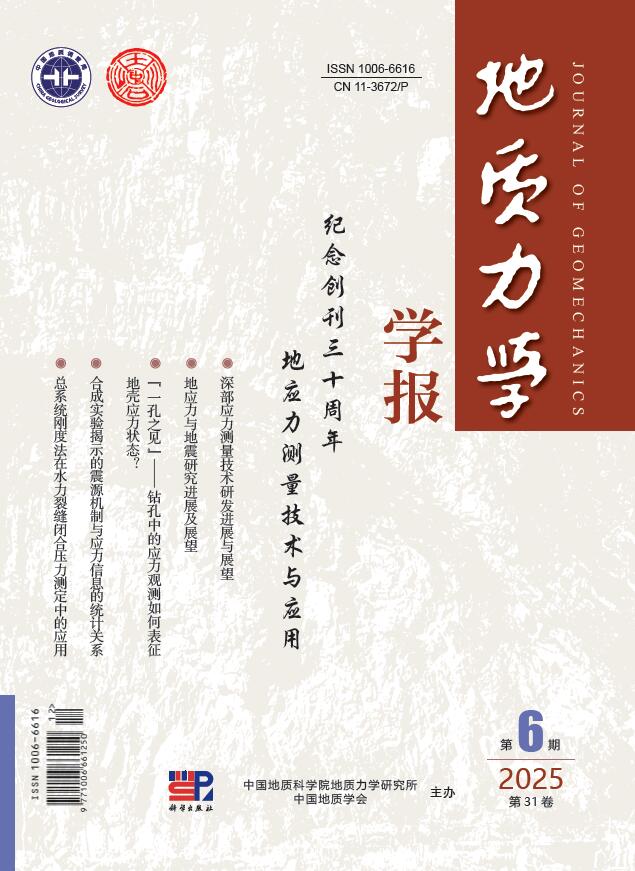2016 Vol. 22, No. 3
Display Method:
2016, 22(3): 379-411.
Abstract:
2016, 22(3): 412-420.
Abstract:
2016, 22(3): 421-429.
Abstract:
2016, 22(3): 430-438.
Abstract:
2016, 22(3): 439-453.
Abstract:
2016, 22(3): 454-477.
Abstract:
2016, 22(3): 478-499.
Abstract:
2016, 22(3): 500-516.
Abstract:
2016, 22(3): 517-530.
Abstract:
2016, 22(3): 531-547.
Abstract:
2016, 22(3): 548-567.
Abstract:
2016, 22(3): 568-576.
Abstract:
2016, 22(3): 577-593.
Abstract:
2016, 22(3): 594-601.
Abstract:
2016, 22(3): 602-609.
Abstract:
2016, 22(3): 610-619.
Abstract:
2016, 22(3): 620-630.
Abstract:
2016, 22(3): 631-641.
Abstract:
2016, 22(3): 642-658.
Abstract:
2016, 22(3): 659-666.
Abstract:
2016, 22(3): 667-684.
Abstract:
2016, 22(3): 685-694.
Abstract:
2016, 22(3): 695-705.
Abstract:
2016, 22(3): 706-713.
Abstract:
2016, 22(3): 714-724.
Abstract:
2016, 22(3): 725-732.
Abstract:
2016, 22(3): 733-746.
Abstract:
2016, 22(3): 747-759.
Abstract:
2016, 22(3): 760-770.
Abstract:
2016, 22(3): 771-777.
Abstract:
2016, 22(3): 778-793.
Abstract:
2016, 22(3): 794-802.
Abstract:



